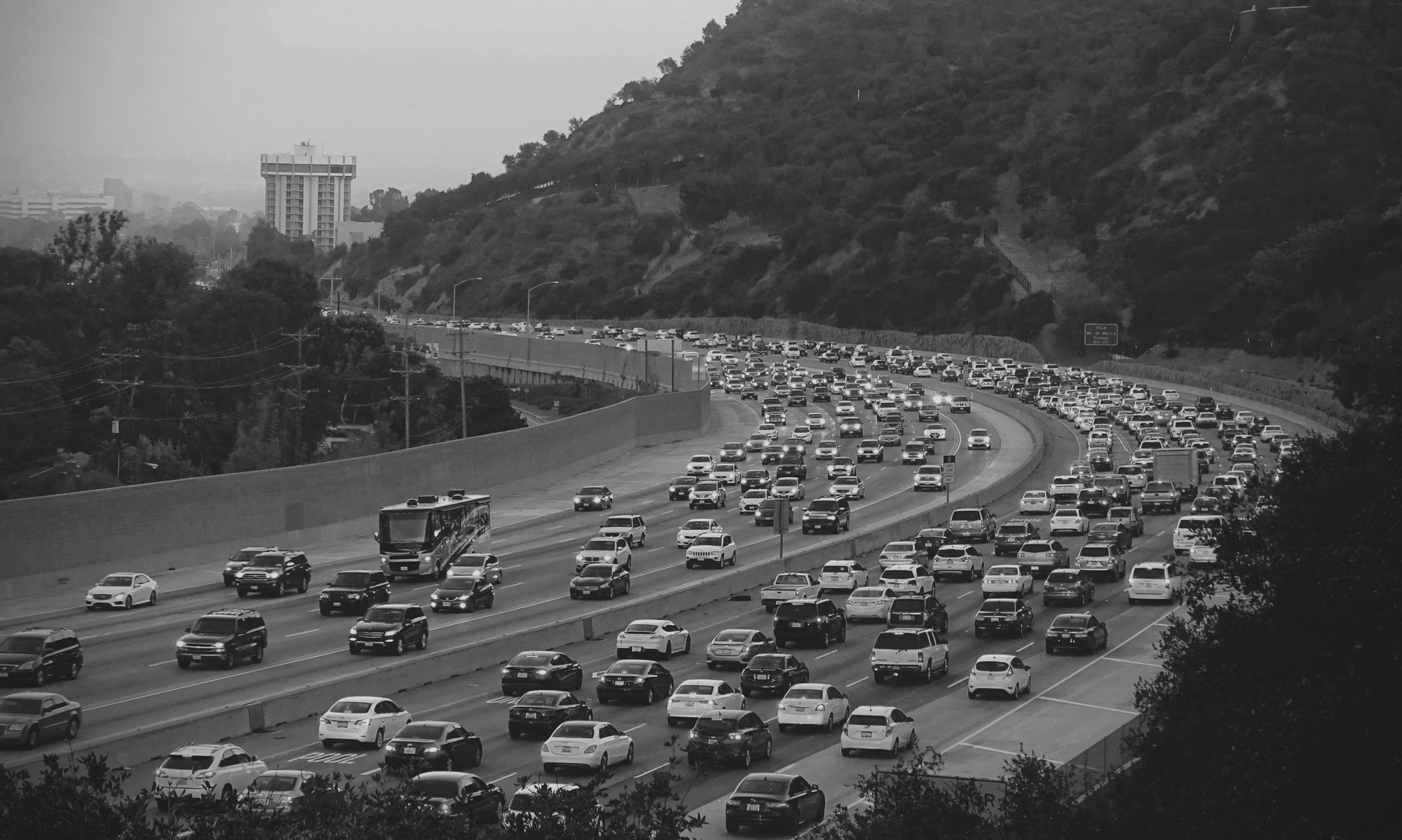In Portugal, road accidents are less an less each year. Nevertheless, data from 2015, shows that the number of road accidents and victims continues to be high: 32000 accidents, 41000 serious injuries and 473 deaths12. The social impact of these numbers is quite high. But there is an economic impact that can’t be seen at first sight. Based on a study about road safety13, considering the number of death and injured during 2015, and based on simple math one can say that the impact on Portuguese economy is more than 750 000 000 euros each year.
With the introduction of AV and a total replacement of vehicle fleet, we believe that the fatality rate (by Km traveled per person) might get closer to the aviation and trains one, at around 1 % from the present value14. The AV will be prepared to face several scenarios, what will help to improve road safety. However it’s not possible to predict all kinds of different situations. The AV system would be ready to give a response to several challenges in a safe way15. An AV has to be capable of dealing with accidents and road events and behave in a safe way in a different context: driving in all geographic locations, all types of road, traffic conditions or weather conditions5. Can we say the same of a human?
But this challenge is not only dependent of technology but also of the transition period. On an optimistic approach we assume the AV can reduce the rate of accidents and injured in 50 %, in short/medium term16 (market penetration rate of 10 %). This value reflects aspects like the reduction of road code rules violation: for example, cross a red light,something that the AV s not authorised to do.
Other authors are more cautious. Considering that traditional vehicles and AV will share the road, accident rate can even get worse, at least for traditional vehicles17 that are not used to the new way of driving AV. And increase safety for some endangering others is not actually a benefit, even if in the end the balance is positive18. In a transitional phase, issues with pedestrian’s safety will also be raised. People’s behaviours are shaped to their expectations. If people consider that the AV will stop every time that that is confronted with a dangerous situation, then the pedestrians might became less cautious and less responsible when close to AV19 and drivers might try riskier manoeuvres because they feel safer in an autonomous mobility environment20.
